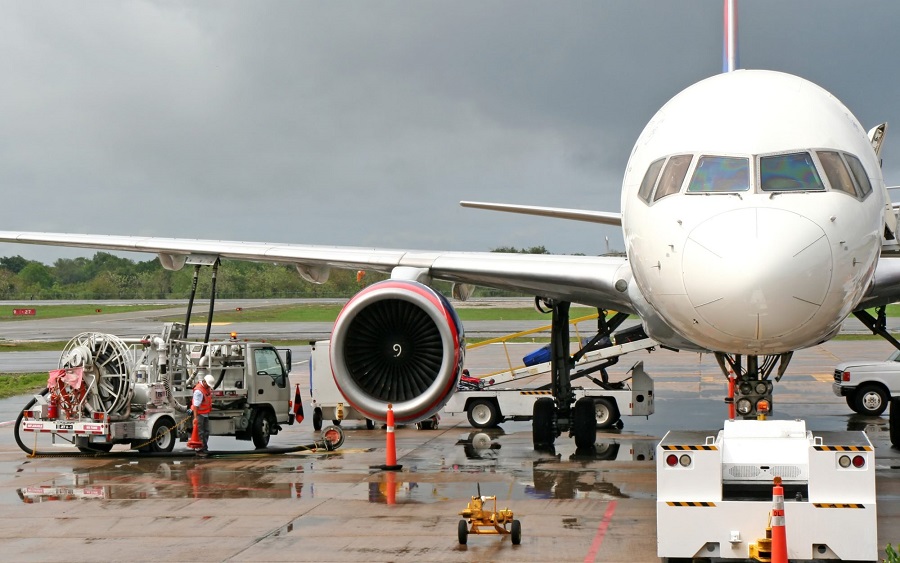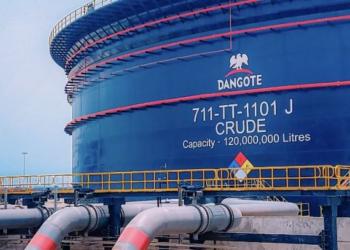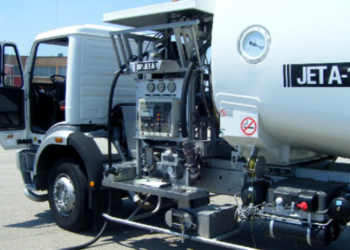The 34.5% decline in the daily sufficiency of aviation jet fuel may constitute a worry for airline companies in the country.
Considering that there is usually more people traveling due to the traditional Christmas and New Year festivities, resulting in increased flight patronage, the current total stock level appears to be low.
The observation is according to the daily petroleum products days sufficiency (total stock level data) compiled by the Petroleum Products Pricing Regulatory Agency (PPPRA).
In line with the data available on the PPPRA website,
- The current total stock level of Aviation Turbine Kerosene (ATK), also known as aviation jet fuel or Jet-A1, stands at 89.04 million litres.
- Eleven days earlier, the total stock level was 135.83 million litres – indicating a 34.5% decline.
- Before now and since the start of the 2020, total stock level has been relatively unstable, with the recent highest total stock level of 187.40 million litres recorded on the 2nd of October 2020 – indicating about 60 days sufficiency; and the lowest 54.96 million litres was recorded on the 17th of July – about 18 days sufficiency.
- As at the time the latest report was released, 27th November 2020, the total ATK stock was land-based stock.
- Checks indicate there has been no receipt of ATK from the 19th of November, after the last receipt of 5.56 million litres on the 18th of November.
What they are saying
Speaking to Nairametrics regarding the decline, the MD/CEO of Jushad Oil and Gas Ltd, Mr. Bosun Paseda, submitted that the decline is due to the continuous increase in the exchange rate.
He said, “The exchange rate is very high and unstable. You will discover that importers do not have access to the CBN rate and have to make recourse to the parallel market. The landing cost is currently higher than the rate we sell at the airport. That’s why marketers do not want to bring the product.
“Scarcity is likely to set in, but the reason there is no scarcity yet is because people are not really flying. If it stays the same, then scarcity may set in, when travel increases.”
Responding to the question on whether the decline in stock has affected the price of the product, Mr Paseda noted that it has not really affected the price of the product as consumption is currently low.
What you should know
Nairametrics recently reported that oil markets yearned for airlines to resume operations following several months of not operating due to the Covid-19 pandemic travel restrictions.
- Aside from the loss of revenues to airline companies, the call was necessary considering that Jet fuel demand averages about 8 million barrels per day worldwide – indicating that oil companies were also not recording enough revenues.
- As a result of the pandemic, the International Energy Agency expects demand for Jet fuel and Kerosene to fall by 2.1 million bpd on average in 2020. This has, however, improved following lifting of travel restrictions in many countries.
Now that flights have resumed operations, it appears airline companies in the country may be in line to face another hurdle before the year runs out. The likelihood of facing this hurdle is highly contingent on receipt of ATK used in powering flights and increased travels. If things remain the same in terms of daily sufficiency of ATK needed to power their flights, scarcity may set in.
- Remember that the lowest ATK of 54.96 million litres – about 18 days sufficiency, recorded on the 17th of July, was during travel restrictions. The decline in that period didn’t create concerns and it picked up days later.
What this means
- With the national average daily consumption of ATK three million litres, this depicts that current total stock level of 89.04 million litres will only sustain for about 30 days, all things being equal.
- Even though it appears this stock level is good, the steady decline in the stock level as illustrated in the graph above raises immediate concerns.
- Also, one may conclude that receipt of ATK has stalled in recent days, having received only a total of 12.68 million litres in the last two weeks, since 12th November. This observation appears to denote that should the product receipt trend continue, scarcity may occur in the near future.

























